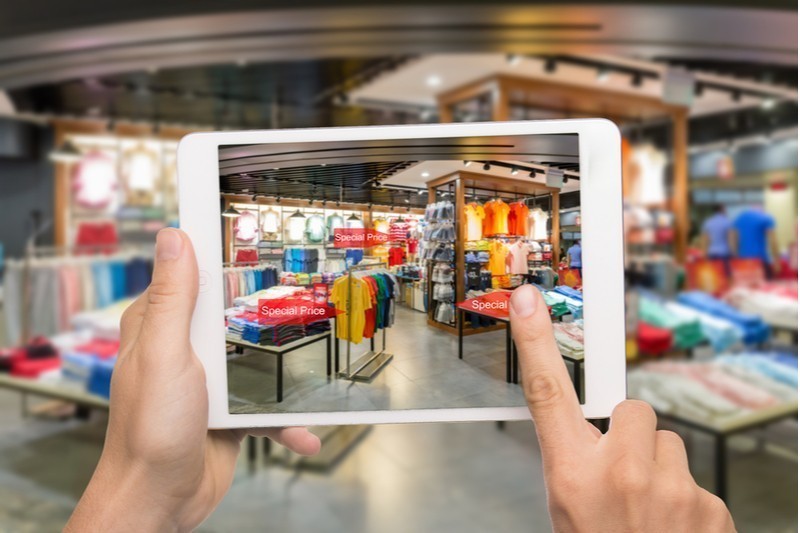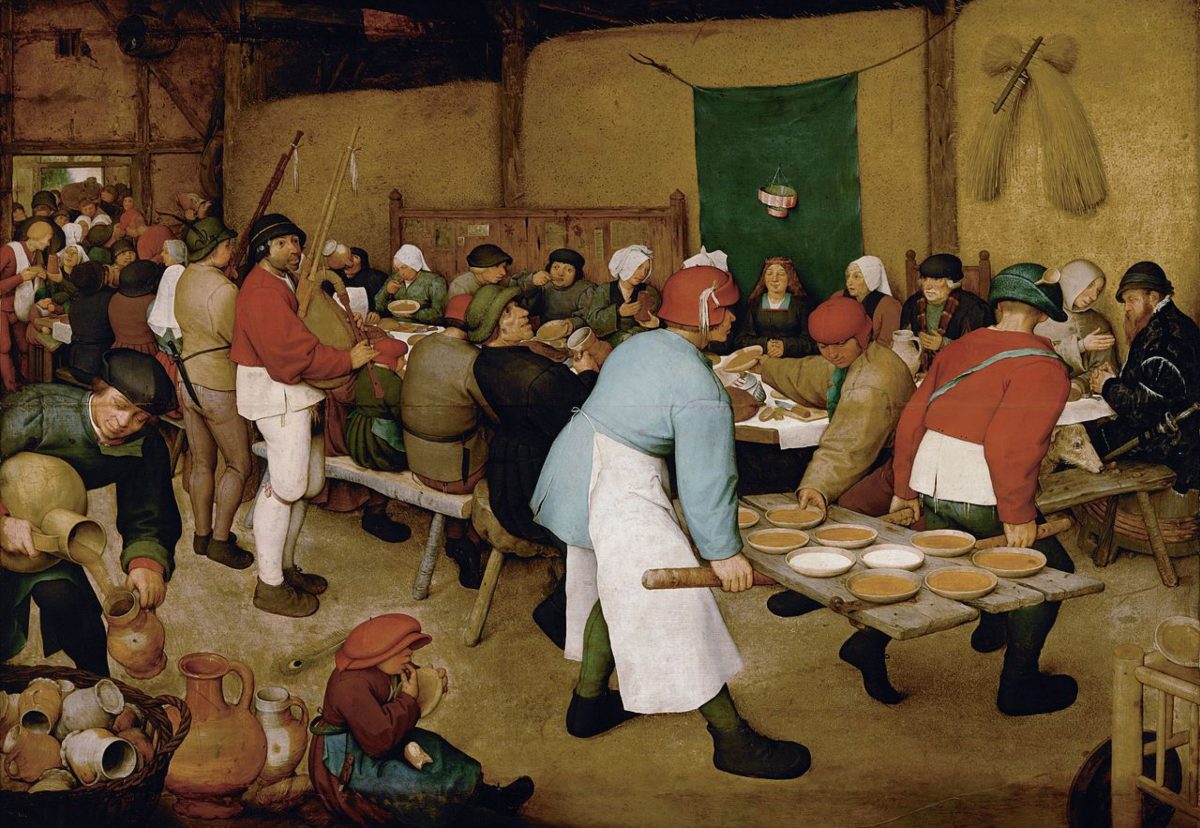Retailers across the country have been hit by lockdowns, forcing them to find new ways to stay relevant and operational in the age of COVID-19. While many restaurants have stayed afloat through delivery service, retailers are now wondering how they can weather the pandemic as well. Here are 3 steps that could help your business.
1. Go Digital
The most important thing to do is to ensure that your digital presence is up and running. Companies that were mostly web-based prior to the crisis have faced less trouble in the past months, while businesses that were solely operating in-store are now kicking themselves.
Alex Fitzgerald, a manager of consumer practice at consulting firm Kearney, says that while smaller businesses are quickly adapting to engage with customers online, large brick-and-mortar retailers, like most department stores, are having trouble keeping up. These more traditional stores usually rely heavily on in-person shopping, especially in shopping malls, which have been shut-down amid the pandemic. But out of the crisis could also come opportunity for newer companies to gain market share online.
Fitzgerald says of the sudden surge in e-commerce, “If you think about long-term shifts, this is an acceleration towards digital…We were already seeing it, but this just changes it to beyond just commerce to really solidify the role that digital can play in engagement.”
It’s also important to recognize that people stuck at home might be more incentivized than ever to indulge online shopping sprees. The combination of boredom and a credit card might lead to great revenue streams for online businesses.
2. Employ A Preorder or Backorder Model
Although the surge in e-commerce represents expanded opportunity, increasing supply-chain issues caused by travel and business restrictions pose a risk. One way to handle this issue is to use a pre-order model.
A pre-order model involves informing customers that their items will take longer than usual to ship. If communication is immediately clear and specific, customers will feel more comfortable as they await their purchase, and less likely to cancel a delayed order.
Helena Price Hambrecht, the co-founder of Haus, a direct-to-consumer alcohol brand, says that pre-order models can “fill in at least some gaps [as retailers work] to navigate uncertain and ever-evolving conditions successfully.” However, she does warn that in order for the system to work, you must provide customers with a specific date for delivery. “If you cannot confidently share a delivery date with the customer, you are sold out,” she warns. “Don’t sell what you can’t deliver.”
Ironically, the model is most essential when it comes to less expensive products. Customers making a large purchase generally don’t mind waiting a little longer for their big-ticket item to arrive. But people tend to get more impatient when waiting around for cheaper consumables.
3. Alter Your Marketing Approach
Lastly, changing times call for a change in marketing. During this lockdown period, people are craving interpersonal communication and a personal touch more than ever. Creating and expanding loyalty programs will ensure returning customers. Adding small touches like a personal note to a delivery can also strengthen consumer sentiment toward your business.
With close personal contact restricted, visible signage has also become much more important. If you have a physical location, make sure any new or improved delivery and contactless services are clearly advertised. Add that personal touch by making your signage humorous or relatable, showing that we are all experiencing hardship together.




